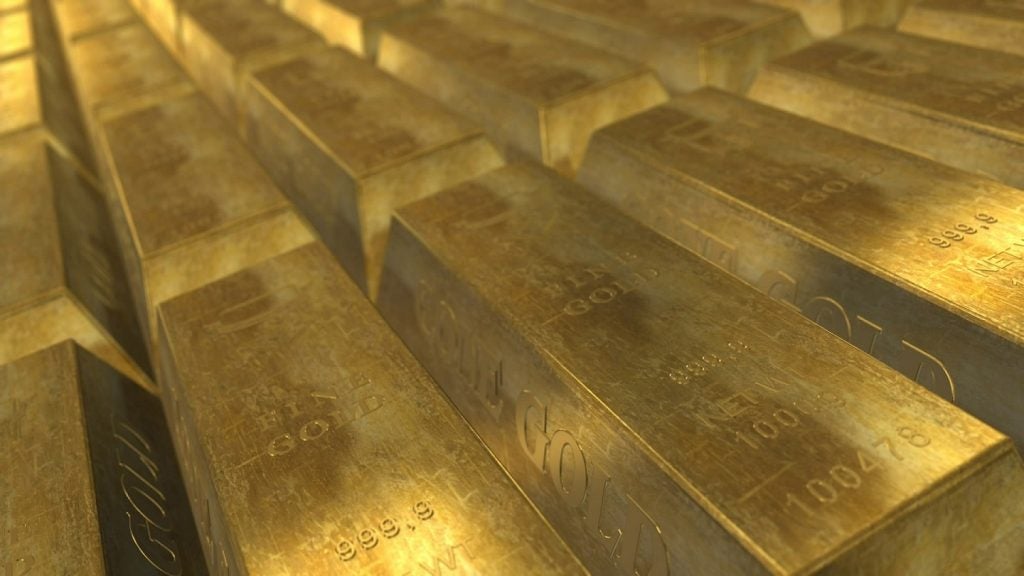In 2023, gold made its first annual gain in three years as investors responsed to predictions that the US Federal Reserve will loosen monetary policy in 2024.
On the final trading day of 2023, bullion ended the year around 13% higher.
The Federal Reserve decided to raise the federal funds rate to 5.50% in July to tame inflation, which had reached a 40-year high. By the end of the year, inflation had fallen to the more manageable level of 3.14%, prompting investors and commentators to expect interest rate cuts in 2024.
Cuts are also expected as a measure to stimulate economic growth and avoid a recession.
When interest rates fall, bonds and other fixed-income investments become less attractive to investors, and money flows towards gold as it is considered a safer investment that retains its value, causing its price to rise.
Gold has therefore risen by nearly 13% since 6 October. Konstantinos Venetis, commodities economist at GlobalData TS Lombard, highlighted other factors behind the price increase, saying: “A combination of three factors has pushed up the price of gold: central bank purchases (mainly in emerging markets); geopolitical turbulence; and, more recently, markets pricing in ‘peak’ interest rates and the rising likelihood of a softer US dollar.”
The metal surged above $2,000 in mid-December after Fed officials at their last meeting of the year signalled that the campaign of vertiginous interest rate hikes was over.
Investors are also looking for safer investments in 2024 as it could be a year of significant political upheaval, with 41% of the world’s population due to go to the polls. Should equity and bond markets be affected by this, gold will again be a more stable option, some analysts predict.









